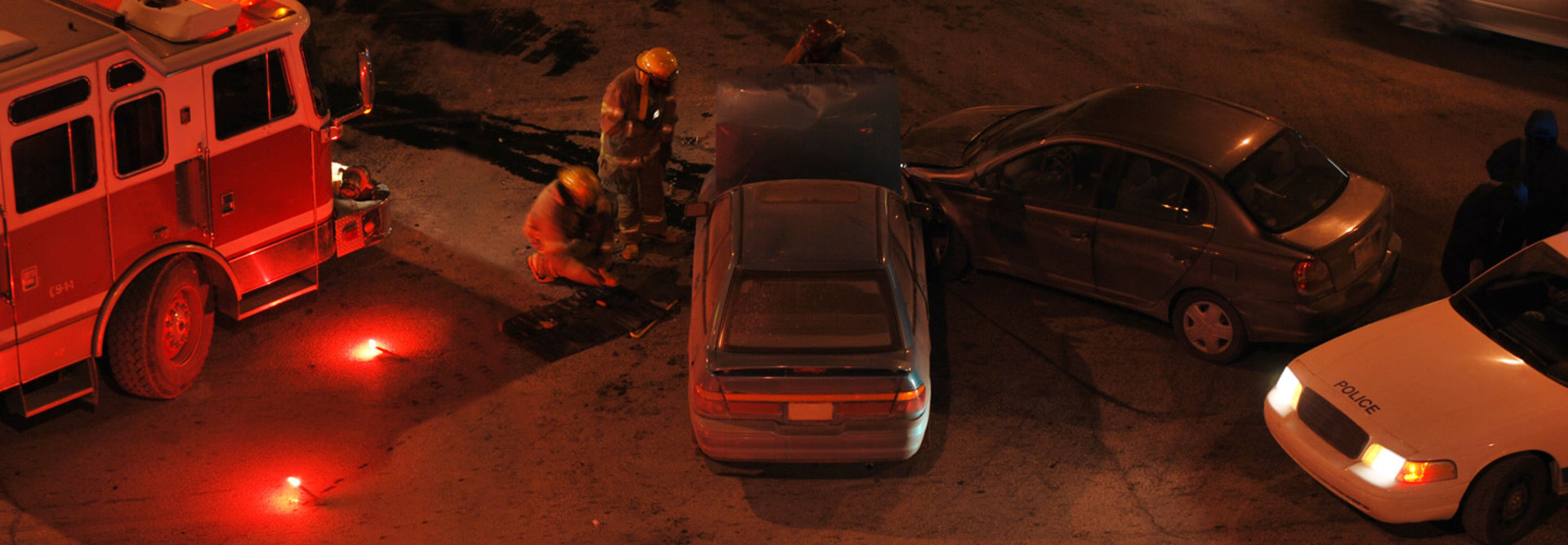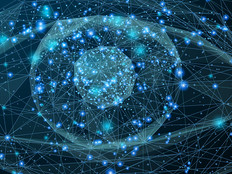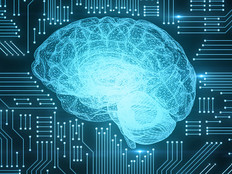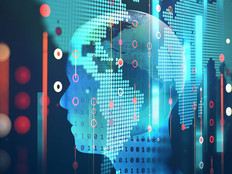To that end, DIU teamed with the National Geospatial-Intelligence Agency to host the DIUx xView 2018 Detection Challenge. Teams trained computers to identify 60 types of objects, including damaged buildings, vehicle lots and utility trucks.
In a disaster, “you are looking at lines of communication, roads and rails, perhaps airports, to ascertain, is the runway even intact? Are bridges intact?” says Buzz Roberts, director of artificial intelligence, automation and augmentation in the NGA research directorate.
Computer vision could quickly compare recent imagery to archival footage or generate new imagery specific to an event. It might also prevent human error that comes from operator fatigue.
MORE FROM FEDTECH: Find out how DARPA plans to invest $2 billion into AI research!
State Department Can Use Computer Vision to Enhance Mission
The State Department could leverage the capability in at least one new way: “We are a big supporter of terrain and other types of information for humanitarian assistance, disaster relief, food safety and crops,” Roberts says.
Computer vision could help officials assess the situation on the ground in the developing world, and augment sparse local imaging resources.
It could also enhance crowd control efforts. Someone on the ground might have a limited view of an evolving situation, while a computer looking at multiple video feeds could assemble a comprehensive understanding of events.
“On a crowded street, I can tell you how many people are walking here, their speed, their trajectory and their appearance, what they are wearing,” says Jenq-Neng Hwang, a professor in the University of Washington department of electrical engineering.
A few bugs remain. Another UW team fooled computer vision by inserting an image of a car into a video about animals once every two seconds. They convinced the computer that the video clip was about an Audi instead.
The technology also requires an extreme level of computing resources. As of August, the DIU challenge had used the equivalent of 450 computers running for over a half million hours.
“These are very hungry algorithms,” Salinas says.









